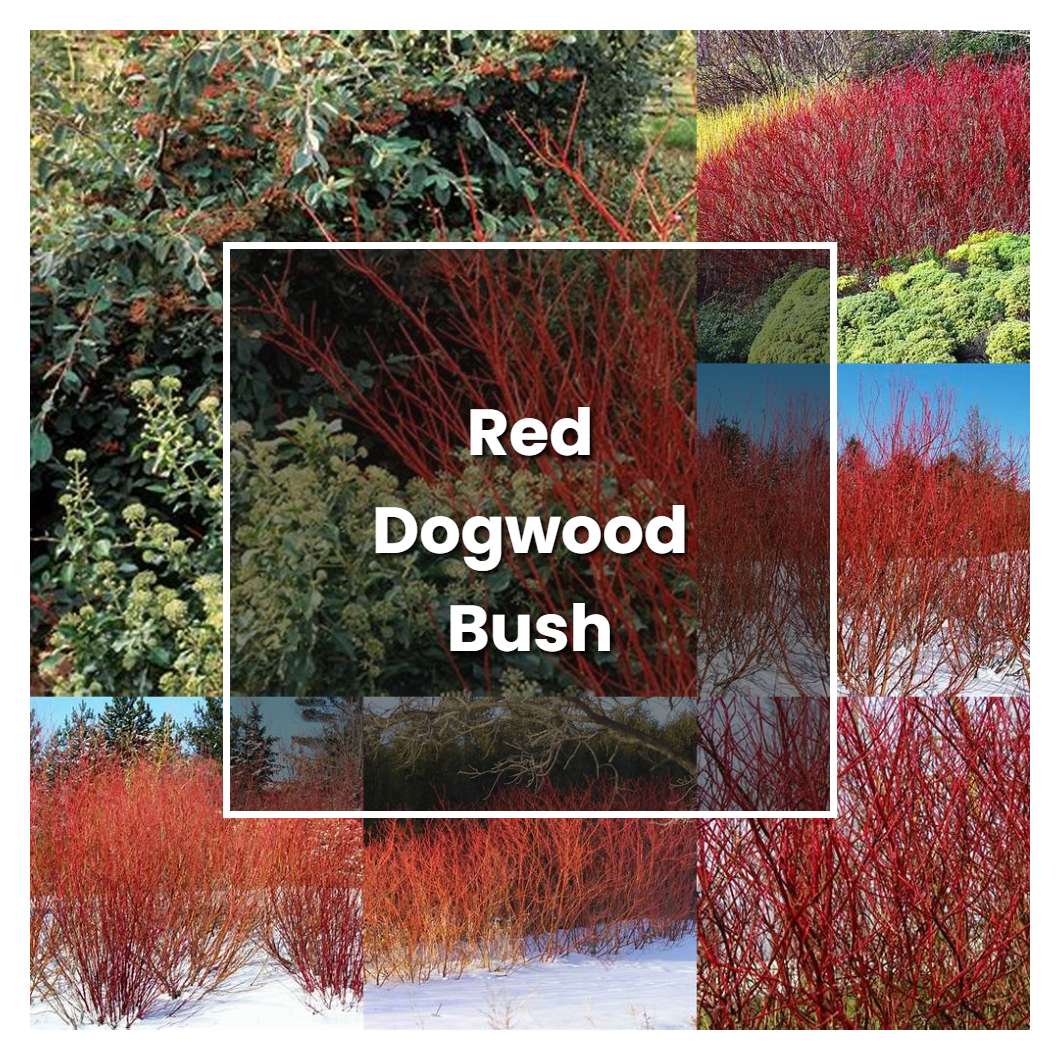Red dogwood bush is a beautiful plant that is perfect for adding a splash of color to your garden. This plant is known for its bright red leaves and its ability to thrive in a variety of climates. Whether you live in a cold climate or a hot climate, this plant will be sure to add some pizzazz to your garden.

Related plant:
Hydrangea Paniculata Diamant Rouge
Related plant:
Nannyberry Viburnum
About soil condition, the red dogwood bush prefers well-drained, moist soil, but it will tolerate a range of soil types including clay. It is sensitive to drought and should be watered during prolonged dry periods. The bush is also sensitive to salt and should be planted away from roadsides where salt is used in the winter.
Just like other dogwoods, the red dogwood bush thrives in sunny conditions and does best when it receives at least six hours of sunlight each day. Full sun is ideal, but the bush can also tolerate partial sun. It is important to choose a planting spot that receives plenty of sunlight, as this will ensure the best possible growth and blooming for your bush.
The temperature condition that is most ideal for the growth of the red dogwood bush is one that is cool and moist. This type of environment is typically found in areas that have a moderate climate, such as the Pacific Northwest region of the United States.
Ideal humidity condition for this plant is 50% or less. The plant can tolerate short periods of time when the humidity is higher, but if the conditions are prolonged, the leaves will start to turn brown and fall off.
About fertilizer, this type of plant does best with a low nitrogen fertilizer. An all-purpose fertilizer with a low first number is a good choice. Apply fertilizer in early spring before new growth begins. For best results, use a root stimulator when planting.
Pruning your red dogwood bush is an important part of keeping it healthy and looking its best. Fortunately, this is a relatively easy task that only needs to be done a few times a year. The best time to prune your red dogwood bush is in late winter or early spring, before new growth begins. This will allow the bush to heal quickly and minimize the risk of infection.
Propagation for red dogwood is typically done through softwood cuttings taken from new growth in late spring or early summer. The cuttings should be 4-6 inches long and taken from the tips of the branches. Cuttings should be placed in a moistened potting mix and kept in high humidity until rooted.
Usually, the plant growth rate is about 13 to 24 inches per year. However, dogwoods can live for a long time and grow to be very large. The oldest recorded age for a red dogwood bush is about 400 years old.
Common problems for this kind of plant are powdery mildew and leaf spot. The powdery mildew will cause the leaves to have a white powdery substance on them. The leaf spot will cause the leaves to have brown or black spots on them.
Source:
Cornus alba (Red-Barked Dogwood, Siberian Dogwood, Tatarian Dogwood ...
Red Osier Dogwood | Yale Nature Walk
Red-osier Dogwood (Cornus sericea) - Carleton College
